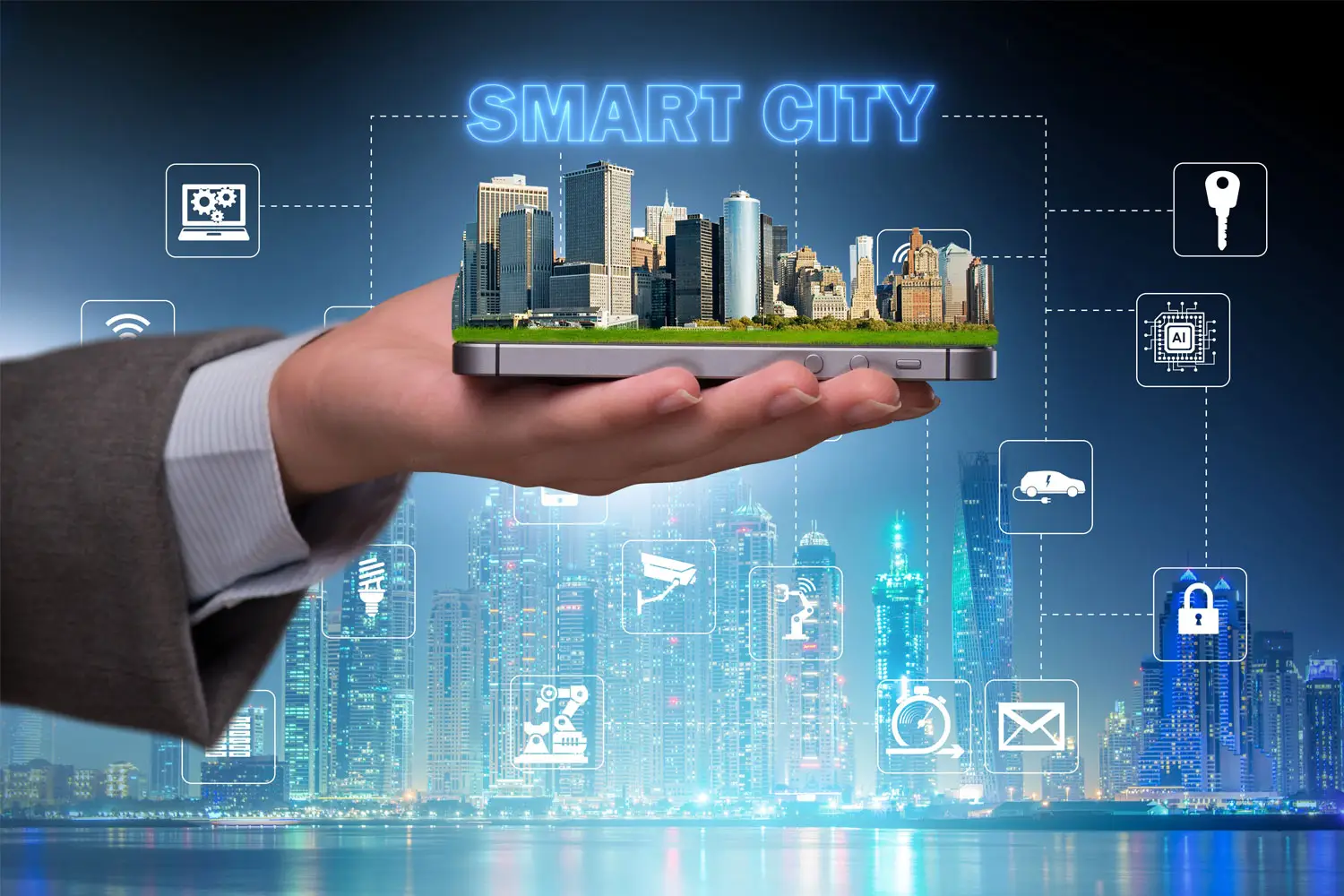
The Future of SMART Cities
No doubt that the world is undergoing many fundamental changes in all aspects of economic, political, social, and technological life.
The rapid development of digital technologies, such as artificial intelligence, big data, the Internet of Things, and many other modern concepts constitutes a real opportunity to address many of our contemporary problems, foremost among are environmental pollution, global warming, population overcrowding, and increasing pressure on limited natural resources. These problems are worsened and their impact is increasing in major cities. Statistics estimate that the population of the Earth will reach 9.8 billion in 2050, 70% of them will be living in cities. Hence, the search for solutions has become inevitable and even existential to ensure the survival of future generations and their right to live in a clean and safe environment.
One of the most prominent of these solutions that float on the surface is the so-called smart or digital cities. Cities where technical, human, and physical infrastructures are available to optimize the use of modern technologies that can achieve economic sustainability and improve the quality of life in all its details and ensure the wise use of resources and maximize their value. The concept of SMART cities has developed from an ambitious idea in the 1990s into a reality in many cities of the world. Many countries have developed the necessary mechanisms and technologies for these cities and have created practical models that have achieved many of the strategic and lofty goals, such as providing clean energy and increasing agricultural productivity through horizontal farms that rely on intelligent irrigation. These models have also developed transportation, health, and educational systems with modern technologies such as artificial intelligence, the Internet of Things, and advanced sensors. These technologies enabled the collection and processing of the big data needed to improve decisions relating to the daily life of individuals in streets, in parks, in shopping malls, and their workplaces. Many cities are becoming relatively SMART. Cities like London, Seoul, Singapore, and Dubai are seen as role models.
Despite the positive outlook, digital transformation is not without challenges. Data security and privacy may be among the top concerns. Some also believe that with the use of modern technologies in such a transformational way, we may lose control of our lives and put ourselves under the control of many digital companies, whose motives might be questioned by many. Others call for the need to return to the land and promote a reverse migration from crowded cities to rural agricultural areas as a means of distributing the development gains and strengthening our capacity for food and agricultural production to achieve self-sufficiency and food security, rather than absolute dependence on imported consumer industries.
Despite the foregoing, and given the challenges and contradictory views on the reality of smart cities, the rate of transition towards smart cities is still modest. Nevertheless, the future looks promising in this direction, especially with the increasing problems of environmental pollution and global warming, which threaten the entire world and call for more efforts to protect the future of the Earth on which we live.




